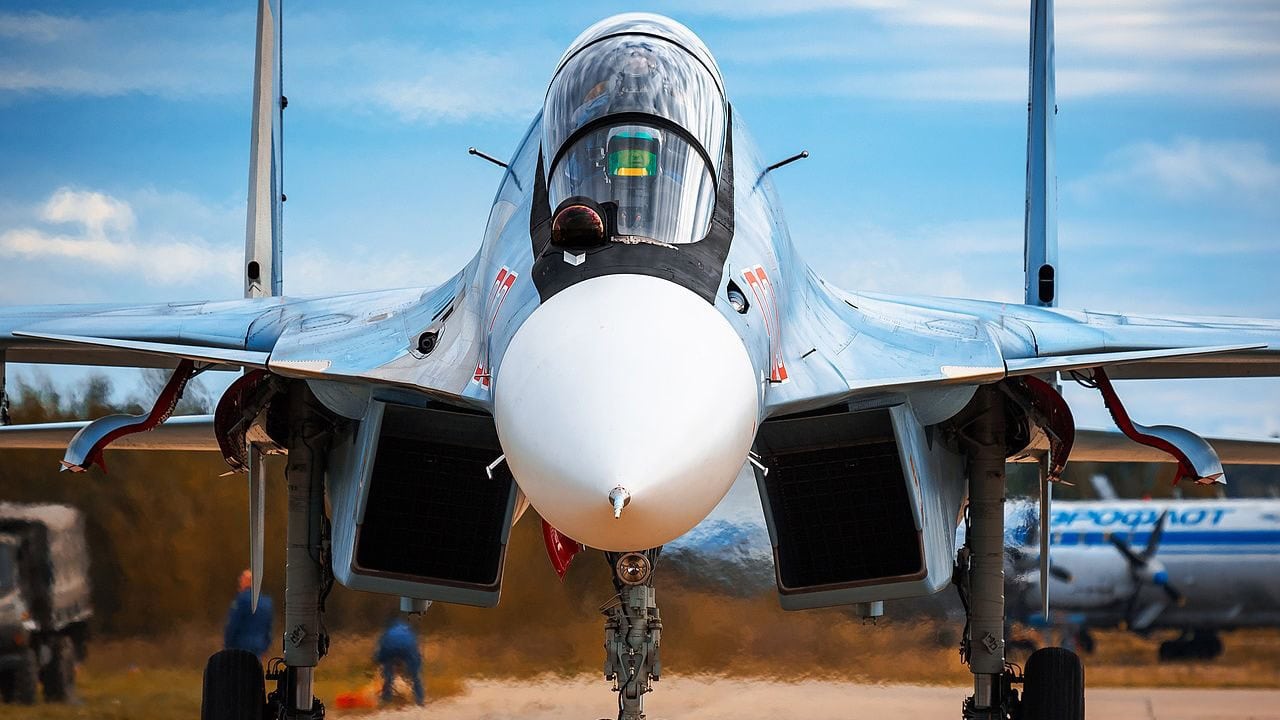Russia’s campaign of terror bombing against Ukraine was intended to break the sinews that hold Ukrainian society together, consequently destroying the ability of the Ukrainian state to resist.
This campaign seems to have failed, just like almost all similar terror bombing campaigns over the last century.
Theories of Compellence
Theories of the effectiveness of terror bombing have evolved since World War I. Germany conducted the first strategic bombing campaigns during the war, targeting London and other British cities with dirigibles and large, fixed-wing Gotha bombers. The attacks caused inflicted little serious damage but did inspire panic, at least at the beginning.
What really drove interest in strategic bombing as a way of breaking the trench stalemate were the Russian and German revolutions. Both the German and Russian governments collapsed as a result of battlefield defeats and economic deprivation (the governments of Austria-Hungary and the Ottoman Empire weren’t far behind), leading some analysts to conclude that bombing could induce enough pain to convince a population to revolt.
There is a rich literature on the effectiveness of bombing campaigns throughout history, driven in large part by the need to either resist such campaigns or make them more effective. Robert Pape wrote the classic evaluation of strategic bombing campaigns in Bombing to Win, which generally took a dim view of the success of such efforts. Pape argued that airpower is almost always more effectively used as part of a strategy of destroying an opponent’s armed forces than in attacks on civilian targets.
The Campaign in Practice in Ukraine
The Russian offensive against Ukraine has relied mostly on long-range drones and long-range cruise missiles. Ukrainian air defenses are far too lethal to allow the Russians to conduct a traditional campaign with its manned heavy bombers, although Russia has used those bombers to launch the cruise missile salvos. American and British flyers faced ghastly losses over Germany in World War II, as massive, expensive bombers came into contact with cheaper German fighters and air defense guns.
Still, even though the Russians aren’t risking their pilots and aircraft in the campaign, they are certainly using up a lot of sophisticated munitions, probably more than they can efficiently replace.
For Ukraine, the equation is much different, with anti-air missiles sometimes costing considerably in excess of the drones and missiles that they’re shooting down. Ukrainian defenses nevertheless appear to destroy a high percentage of the weapons before they reach their targets. Using expensive air defense assets against the Russian terror offensive represents a difficult choice for Kyiv, as Russian aircraft also operate over the battlefield.
Ukraine is also well-situated diplomatically. On the one hand, air defenses are an easier sell for Ukraine’s Western supporters than tanks or fighter jets (although the latter could also be useful for air defense). On the other, helping Ukraine rebuild its damaged electrical grid is safely in the wheelhouse of industrial powers such as Germany, which are reluctant to export lethal weapons but happy to help in this way.
Impact Thus Far
As with nearly every other strategic bombing campaign in history, the promise of the attack outpaced its actual performance. Although morale is difficult to measure, there seems to be little indication that Ukrainian will to fight has diminished. As in nearly every other case, the Ukrainian victims of Russian terror bombing have tended to blame Russian leadership rather than Ukrainian leadership for the inconvenience. And much as with Russia’s economic campaign to bring Europe to heel, warm winter weather took some of the sting out of the bombing offensive. Russia’s offensive does not appear to have diverted much attention from Ukraine’s efforts at the front. Any damage to Ukraine’s economy inflicted by the campaign pales in comparison to the effect of the rest of the war. On the upside Russia isn’t losing much, other than the use of the drones and munitions in other parts of the war.
What’s Next for Ukraine?
For its part Ukraine seems to have judged that the Russian campaign is at its limits. In many ways the terror campaign was uniquely ill-suited to success. While Russia enjoyed considerable success with precision targeting, there was little good reason to think it would be sufficient to think that it would be sufficient to break Ukrainian morale. Ukraine’s economic center of gravity is no longer on its territory, and thus is not subject to Russian attack. Finally, the bombing campaign has helped Kyiv portray Moscow in an even more unflattering light, with plentiful pictures of damage to civilian targets far from the battlefront. Some have argued that the primary purpose of the campaign is less to inflict damage on Ukraine than to answer Russian critics of Putin’s conduct of the war. If the campaign helps Putin keep his grip on Russia’s government, he may well judge it to be a success.
MORE: Merkova: Israel Has A Super Tank
MORE: Watch This – Video Shows Ukraine Destroying One Of Russia’s Best ‘Big Guns’
MORE: Video: Watch Ukraine Kill Russia’s Powerhouse T-90M Tank
MORE: The End For Donald Trump Might Finally Have Arrived
Author Expertise and Experience
A 19FortyFive Contributing Editor, Dr. Robert Farley has taught security and diplomacy courses at the Patterson School since 2005. He received his BS from the University of Oregon in 1997, and his Ph. D. from the University of Washington in 2004. Dr. Farley is the author of Grounded: The Case for Abolishing the United States Air Force (University Press of Kentucky, 2014), the Battleship Book (Wildside, 2016), Patents for Power: Intellectual Property Law and the Diffusion of Military Technology (University of Chicago, 2020), and most recently Waging War with Gold: National Security and the Finance Domain Across the Ages (Lynne Rienner, 2023). He has contributed extensively to a number of journals and magazines, including the National Interest, the Diplomat: APAC, World Politics Review, and the American Prospect. Dr. Farley is also a founder and senior editor of Lawyers, Guns and Money.

